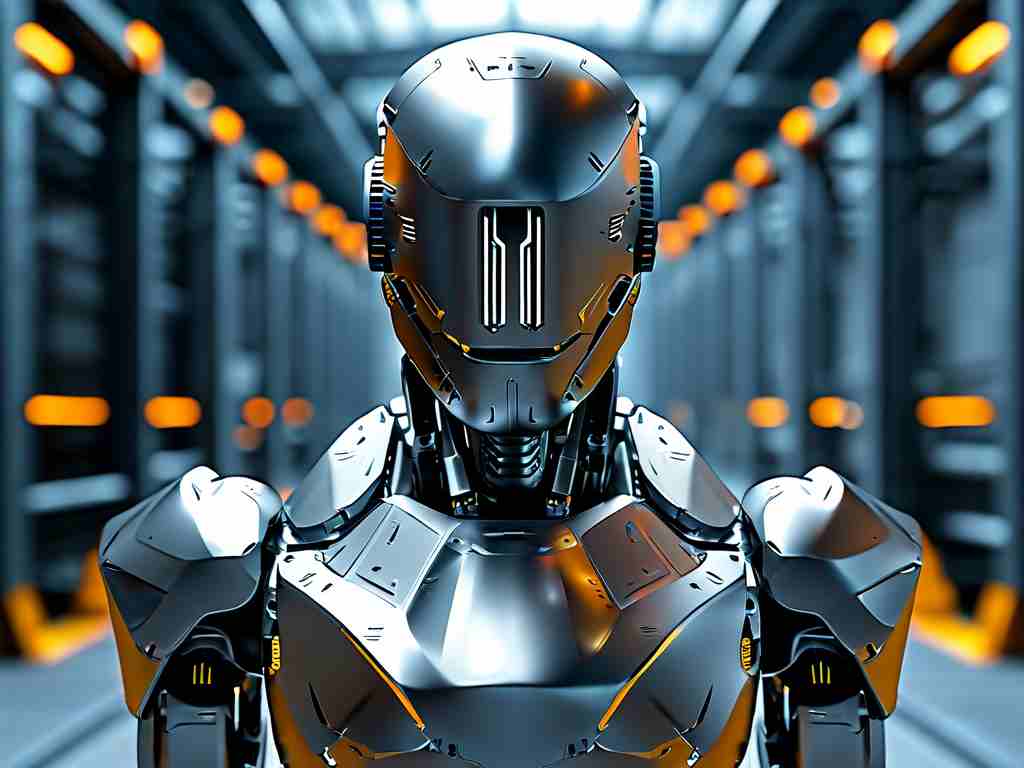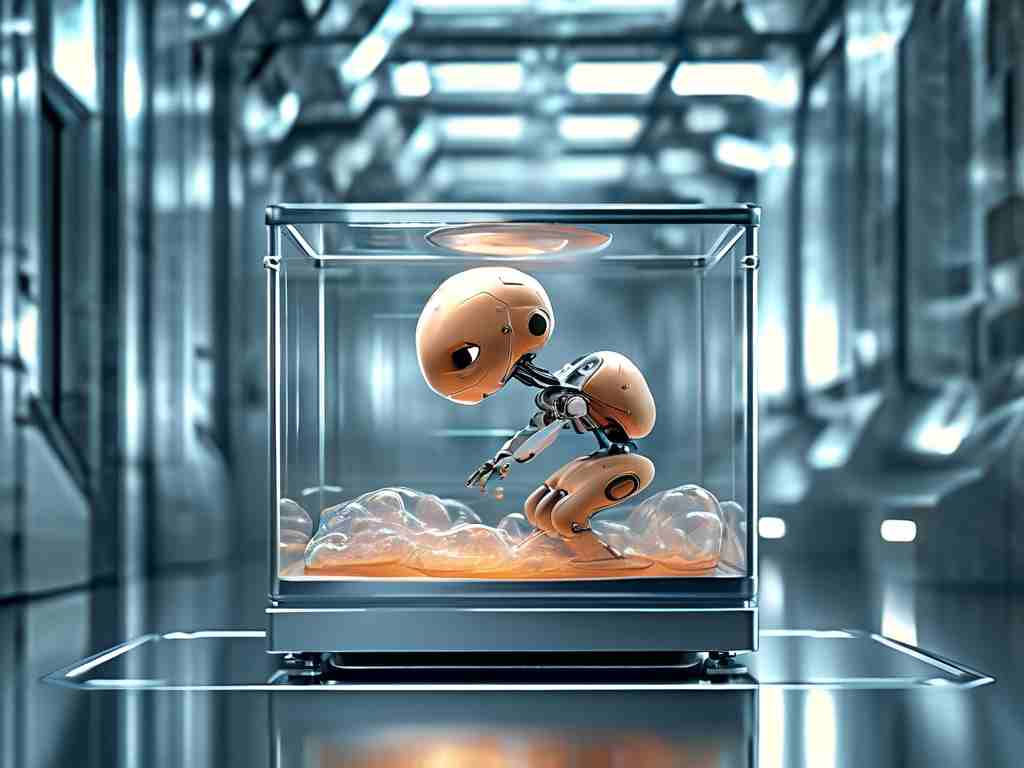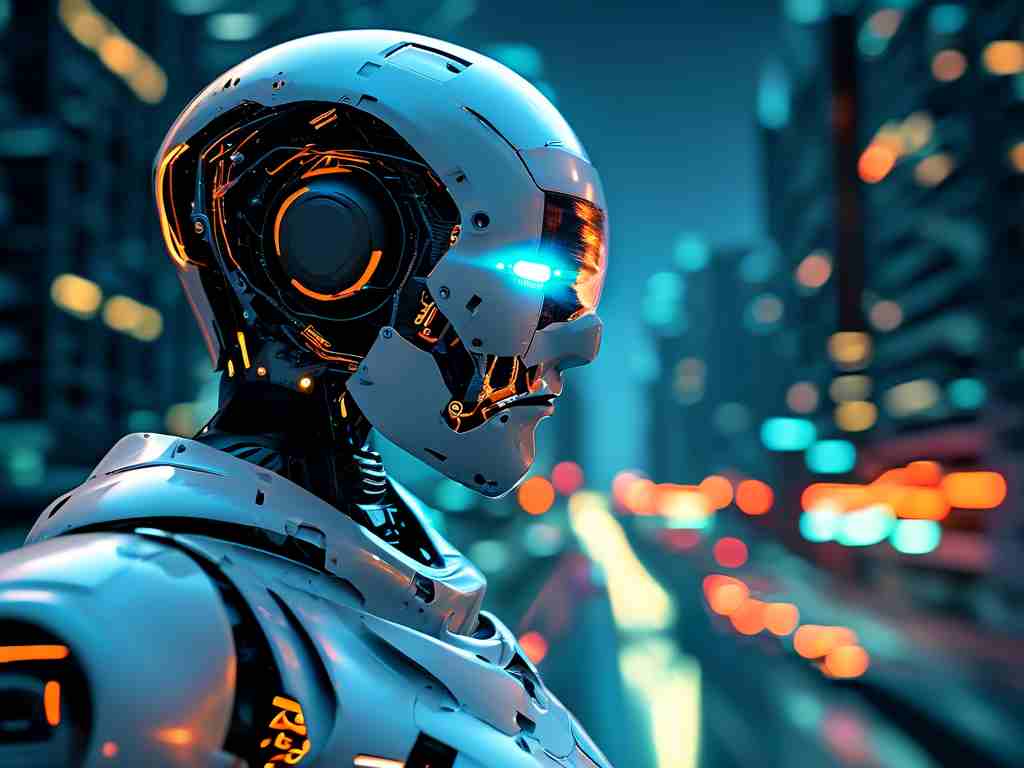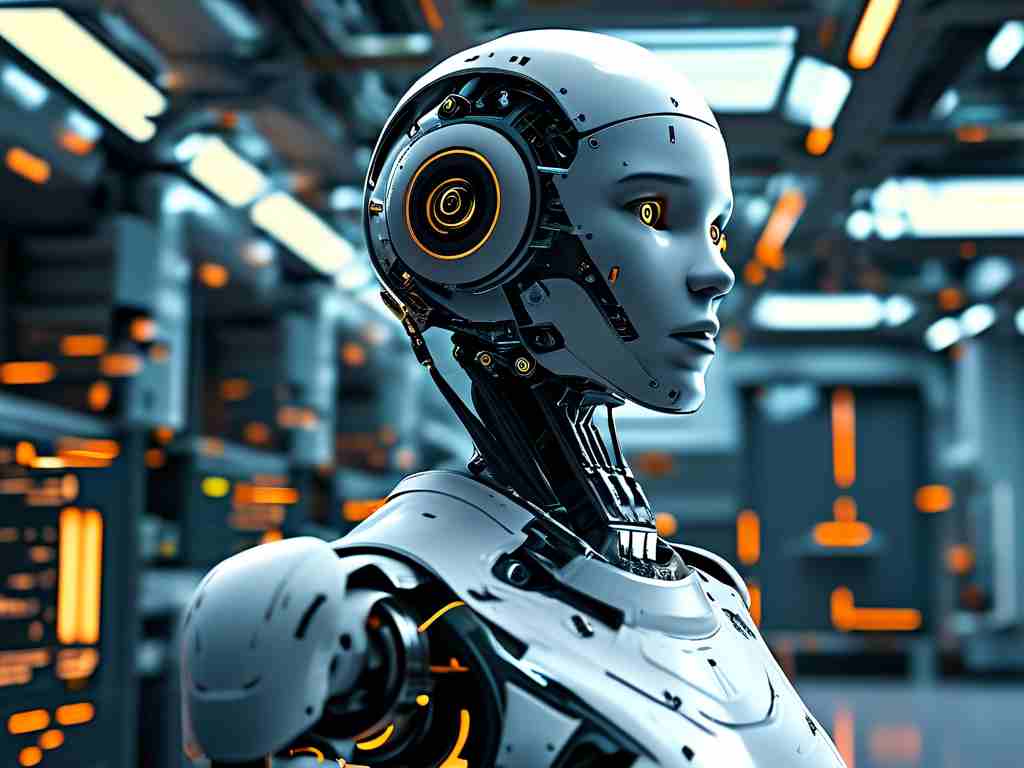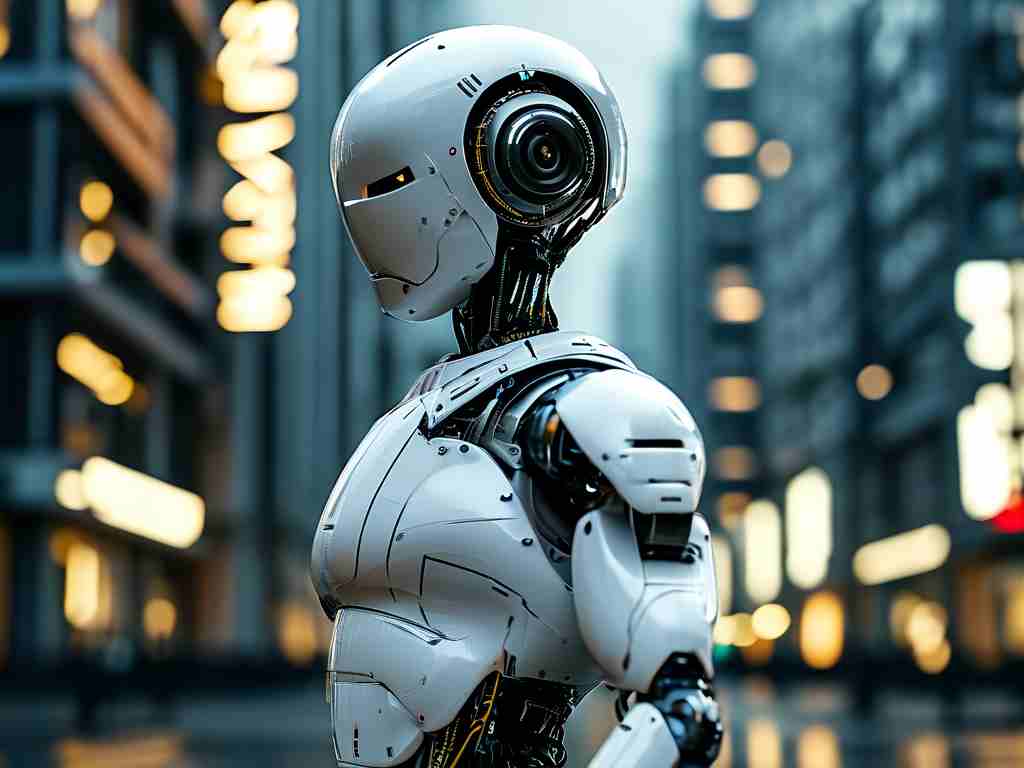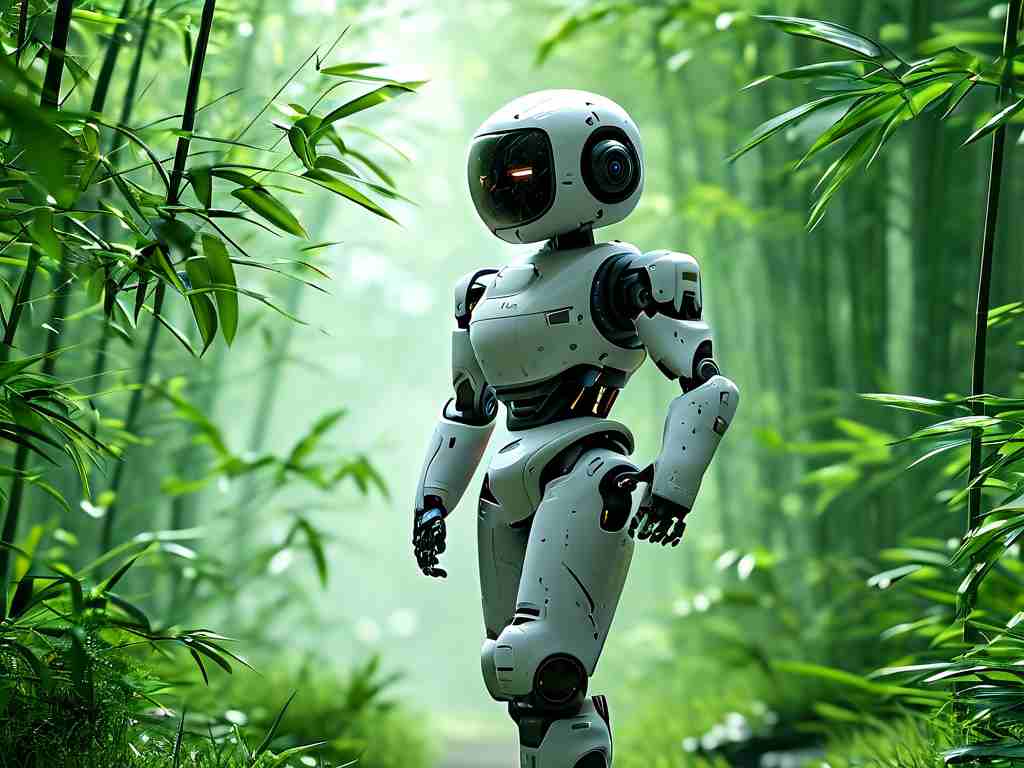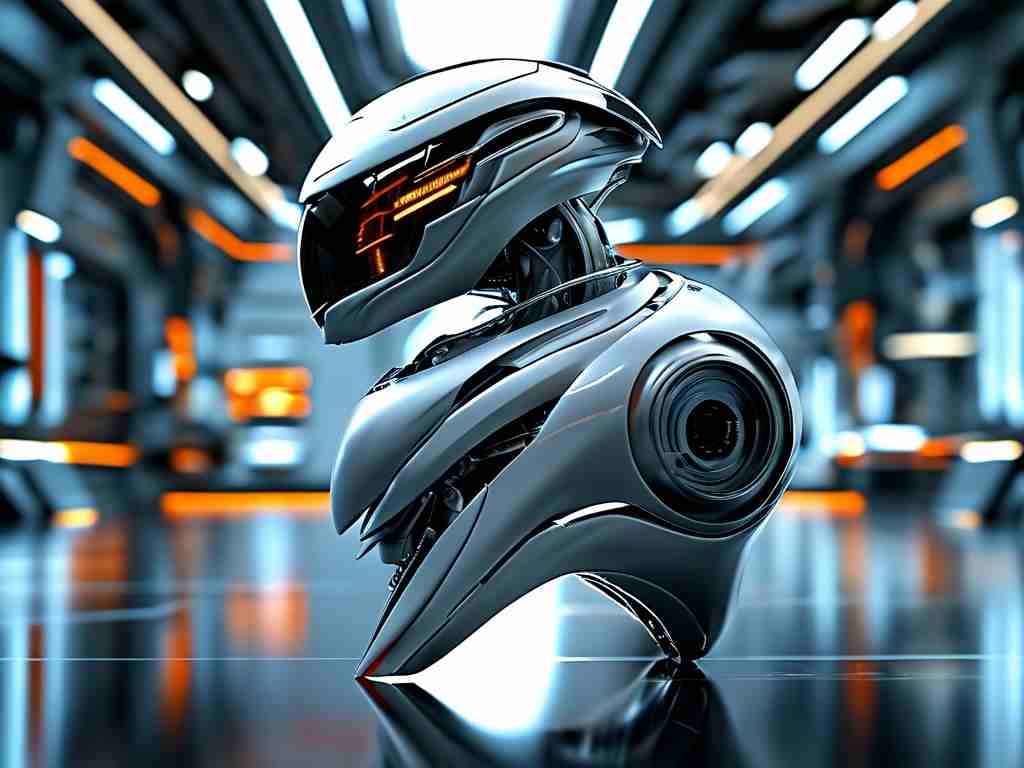The convergence of artificial intelligence and robotics has ushered in a new era of technological advancement, redefining how machines interact with the world. By embedding AI algorithms into robotic systems, engineers have created devices capable of learning, adapting, and executing tasks with unprecedented precision. This synergy is not just reshaping industrial workflows but also permeating everyday life, from healthcare to domestic assistance.
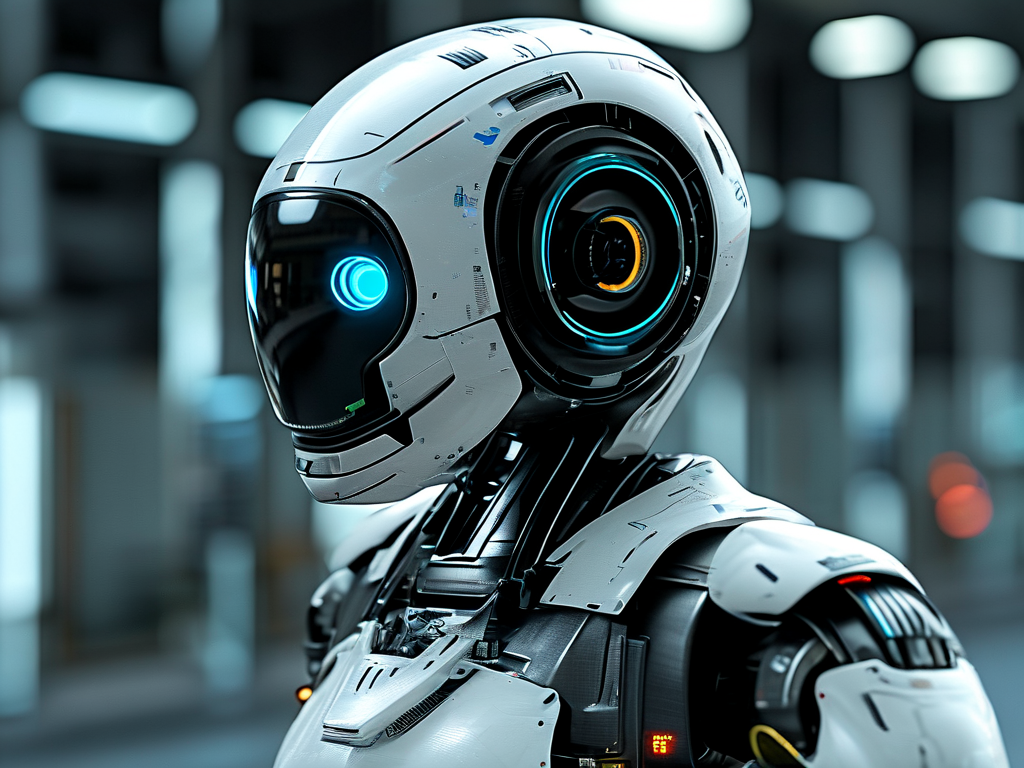
At the core of this transformation lies machine learning, which enables robots to process vast datasets and improve their performance over time. Unlike traditional programmable machines, AI-integrated robots can recognize patterns, predict outcomes, and make decisions in real time. For instance, collaborative robots (cobots) in manufacturing plants now adjust their movements based on human coworkers’ actions, reducing errors and enhancing safety. These systems leverage computer vision and sensor fusion to interpret their surroundings, allowing them to navigate complex environments autonomously.
One groundbreaking application is in precision agriculture. AI-driven robots equipped with multispectral cameras analyze soil conditions and crop health, delivering targeted treatments to individual plants. This approach minimizes chemical usage while maximizing yield—a critical solution for sustainable food production. Similarly, in healthcare, surgical robots like the Da Vinci system have evolved to incorporate AI-assisted diagnostics, enabling surgeons to perform minimally invasive procedures with submillimeter accuracy.
The logistics sector has also witnessed radical changes. Autonomous mobile robots (AMRs) in warehouses now use reinforcement learning to optimize inventory management. By analyzing historical data and real-time demand fluctuations, these machines dynamically reroute themselves to fulfill orders faster. Companies like Amazon report a 40% increase in efficiency since deploying AI-enhanced robotic fleets. Moreover, last-mile delivery robots leverage natural language processing to interact with customers, ensuring secure package handoffs.
Despite these advancements, challenges persist. Ethical concerns surrounding AI robotics, such as job displacement and data privacy, demand careful regulation. A 2023 study by the World Economic Forum estimated that while AI automation could displace 85 million jobs globally by 2025, it may also create 97 million new roles in tech development and system maintenance. Policymakers and industry leaders must collaborate to establish frameworks that balance innovation with workforce protection.
Looking ahead, neuromorphic computing promises to bridge the gap between artificial and biological intelligence. Researchers at MIT recently demonstrated a robot that mimics synaptic plasticity, allowing it to learn tasks through trial and error like humans. This breakthrough could lead to machines that understand context and exhibit common sense—capabilities currently exclusive to biological organisms.
Another frontier is emotional AI integration. Social robots like PARO the therapeutic seal already provide comfort to dementia patients, but future iterations might interpret subtle emotional cues through voice tone analysis and facial recognition. Such developments raise philosophical questions about human-machine relationships, necessitating interdisciplinary dialogue between engineers, ethicists, and psychologists.
From smart homes to Mars rovers, AI-powered robotics continues to break barriers. As these technologies mature, their success will hinge not just on computational power but on our ability to align them with human values. The ultimate goal remains clear: creating intelligent machines that augment human capabilities while operating within ethical boundaries. This delicate equilibrium will define the next chapter in our coexistence with artificial intelligence.


